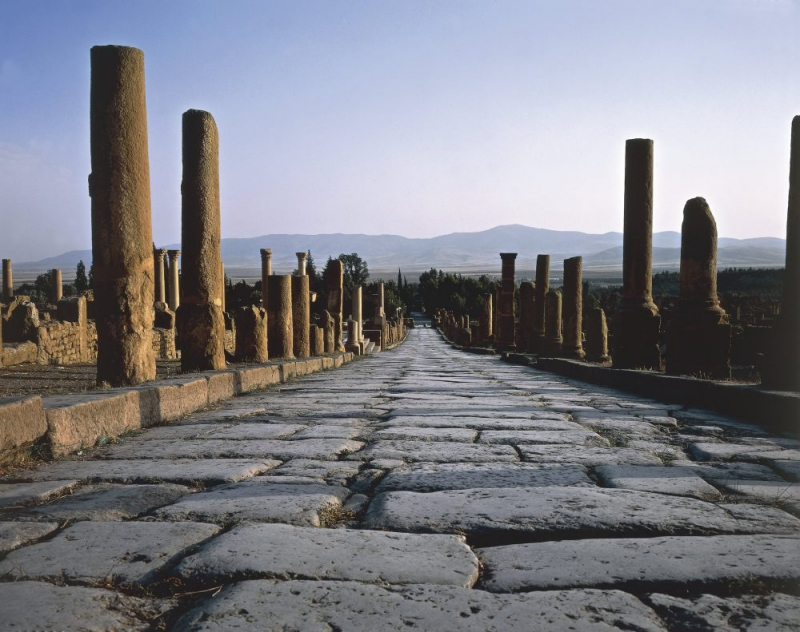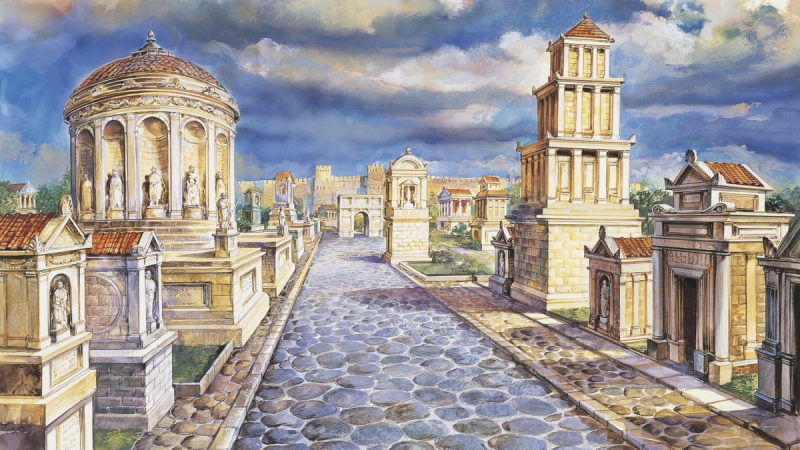Roads That Can Withstand Time

Top 6 in Top 10 Ancient Roman Inventions
Rome may be accessible by all roads, but not all roads are created equal. Roman road construction went beyond simply using gravel and pebbles. Roman roads were incredibly robust no matter the weather since they were built with a combination of dirt, gravel, and bricks manufactured from either hardened volcanic lava or granite.
The Roman empire at its height included over 1.7 million square miles, which mainly consisted of southern Europe. The most advanced road system the ancient world had ever seen was developed by the Romans to enable efficient administration of this vast area. These Roman roads were built using a combination of soil, gravel, and bricks manufactured from granite or solidified volcanic lava; several of them are still in use today. Roman highway designers were held to high standards, producing arrow-straight roads that curved to allow for water drainage. By 200 A.D., the Romans had constructed more than 50,000 miles of roads, mostly for military conquest. The Roman legion could travel up to 25 miles a day on highways, and an intricate web of post houses allowed for the rapid exchange of messages and other intelligence. The management of these roadways frequently resembled that of modern interstates. Stone mileposts and signs provided directions to travelers, while specialized military units served as a sort of highway patrol.











